There is a lot of uncertainty right now in Private Practice Physical Therapy. If you take Medicare, you are looking at a possible 9% cut in reimbursements. Additionally, there is a strong possibility that other insurances will start to do what Medicare has done and start to reduce their reimbursements as well (Blue Cross has already cut their reimbursements in Virginia by 12% effective October 2020). So, with all of this said, how is a private practice supposed to stay profitable?
I am here to tell you that it definitely is possible, but it comes down to managing some very important aspects of your business. These are definitely things we DID NOT LEARN IN PT SCHOOL! Unfortunately, things like “being nice to our patients”, “providing quality care”, “being the ‘best place in town’”, and “one on one care” do not directly translate into profit for our practice. As the Owner or Manager of a Private Practice we have to have our focus (at least some of the time during the day) on some key areas of the practice if we are to ensure that we are profitable, especially if our reimbursements are going to keep declining.
There are a ton of areas that we could be focusing our attention on related to the health of the business but what are the KEY AREAS that we must always have attention on in order to be profitable? In my 20+ years as a private practice owner, I have learned that as the Owner I need to have an understanding of the following areas in order to have a practice that is profitable.
- KEEPING YOUR STAFF PRODUCTIVE: I will admit, I did not get into being a business owner to micromanage staff, stand over their shoulders, etc. But the reality is that if your staff are not productive it can destroy the whole profitability thing. So, what does productive mean? Well simply put productivity means making sure that you get the desired outcome out of EVERY action in your practice. For example, if a therapist spends an hour with an evaluation but that evaluation does not schedule their full plan of care before they leave the office, “was that evaluation productive”? In this example I would argue that the therapist who just did the eval was not as productive as you needed them to be. You paid them for that hour of work, but yet someone now has more work to do to get that patient to come back in. Another example would be the front desk staff member who answers the phone and “handles” the cancellation allowing them to cancel and not reschedule the missed appointment. Sure, this front desk staff member just “did some work” but what really was the PRODUCTIVE part of it? You now have an empty spot on the schedule.
So how do we keep our staff productive you ask?
- Well, it all starts with setting targets for what we expect our staff to achieve. Using the examples above: I expect that 95% of your evaluations schedule their full plan of care on the day of the evaluation, and, I expect that a patient will reschedule every missed appointment within the same week.
- Now that you have targets, you start to track stats / metrics on key areas of your practice. Here would be a few major stats / metrics to be sure you know (at least on the clinic as a whole).
- Patient visits
- Arrival rate (this is different than the cancellation rate)
- # cancellations
- % of New Patients who schedule their full plan of care
- % successful discharges
- Once you start tracking the stats / metrics, look at the trend day after day and week after week. When one of them gets worse, or does not improve, take a closer look at what is going on. For example, if I set a target of no more than 2 cancellations per day (that by the way is my acceptable target for my clinic per day) and today is 6, don’t overlook it. Don’t accept excuses like “Joe had a meeting at work”, “Sally had to take her kids to softball practice”, “I’m worried about the COVID-19 numbers going up lately”. What these really are, are the things that your staff don’t know how to handle to successfully get that patient to come in or to reschedule in the same week. Now that you see the drop in the statistic and you hear what the “reasons” for that drop are, you can now work with your staff to train and drill with them so that they can handle these objections better the next time around. I have dedicated a lot of time in my practice to training and drilling with staff (every staff member spends a minimum of 30 minutes per week training and drilling) and it has really PAID OFF! Especially in a time like COVID-19, the holidays, bad weather, etc. my staff are prepared to handle the objections and they get the outcome I want and need as a business owner.
So, by applying these few things above, I have a large staff that knows what they need to do to be PRODUCTIVE and better yet is PRODUCTIVE every day. What I learned along the way was that I had to realize that they would like me better if I wasn’t so angry and stressed out all the time because people weren’t being “productive in my eyes”. And in order to not be all stressed out I had to get my staff to a point where they themselves were productive without me having to stand over their shoulder or follow along behind them all the time.
- SCHEDULE CONTROL: Any profitable practice must have some schedule control. What do I mean by this? It means preventing empty spots in the schedule, ensuring patients are rescheduling, ensuring staff are all working to fill their schedule (new patients, reactivations, etc.), preventing drop offs, and much more. This requires a system to ensure that ultimately patients are finishing their prescribed plan of care. How many times do you hear your staff saying something like “I don’t understand why they cancelled all their appointments; we had such a great session yesterday!”. So, what is happening in your clinic that will result in more or less control over the schedule?
- Do you get a new patient to schedule their full plan of care immediately after the evaluation is completed?
- Does your front desk ask the patient when they want to schedule for or do they give them two options to choose from?
- Do your therapists get on the phone with a patient who just no showed and get them rescheduled?
- Do your patients dictate their plan of care; “I can only come one time this week”, and the therapist agrees.
- Do patients show up and say things like “I think today is going to be my last day, I am starting to feel better”, and the therapist agrees and discharges them?
- Do you confirm patients’ appointments (and I don’t mean through texting apps) and they show up?
These are just a few of the things that lead to “poor schedule control”. They don’t necessarily make our staff “bad seeds”, but they do make it very difficult for our practices to be profitable.
So how do you control these issues with the schedule? Well it takes us back to what I talked about in #1 above, training and drilling. If we train and drill on how to offer appointments to patients, how to handle a patient who wants to only come 1 time per week, etc. then we will have way BETTER CONTROL OF OUR SCHEDULES. And better schedule control = BIGGER PROFITS.
- MANAGING STAFF SALARIES: Are you paying your staff fairly? Are your staff earning their fair pay or are they overpaid? Of course, I want all my staff to make good money. But I can’t do that at the expense of my practice being profitable. Yes, I want to pay PTs what they are worth but at the same time I have to be sure that we are leaving money over for all the other expenses of the practice like rent, utilities, support staff, supplies, and most of all THE OWNERS SALARY (this is whatever you pay yourself in addition to what you pay yourself as a therapist, manager, or whatever position you hold in the practice).
Salaries are by far the largest expense of any private practice. But that doesn’t mean that they can just be any random amount. A successful private practice puts about 30% – 35% of its income towards salary expenses. This would include benefits, vacation time, etc. So, a therapist who wants to make $80,000 per year needs to produce INCOME that is proportional to what their salary is. In short, all of your clinical staff should be producing INCOME (not billing) between 3.75 and 4.25 times their salary. It is their responsibility to cover the following things off of their work:
- Their salary
- Their share of support staff and admin pay
- Their share of the rent, utilities, etc.
- Their share of equipment upkeep and new equipment
- Their share to your Owner Draw (yes you take a significant risk being the owner – you need to get paid for that.
I am all for a therapist making $80,000 per year but I need them to produce the correct number of visits per day / week / month etc. to deserve that salary. And yes, I am all for bonusing my staff as well but ONLY when they are exceeding the number that I need them to hit to cover their salary.
Having the proper salary ratio is a key component. When we keep this in the correct proportion to other expenses, we are not forced to rob from another area of the practice such as new equipment, hiring new staff, etc.
CONCLUSION:
Of course, there are many other things that as the Owner you need to keep track of and keep an eye on but starting with these three things will ensure a practice that is off to a good start. More importantly it will allow you to have a greater piece of mind when it comes to RUNNING A PROFITABLE PRACTICE.
I would love to hear how things are going in your practice. If you have any questions about this topic or any other aspect of running a private practice, feel free to reach out to me: Mike@fortisbusinesssolutions.com any time.





